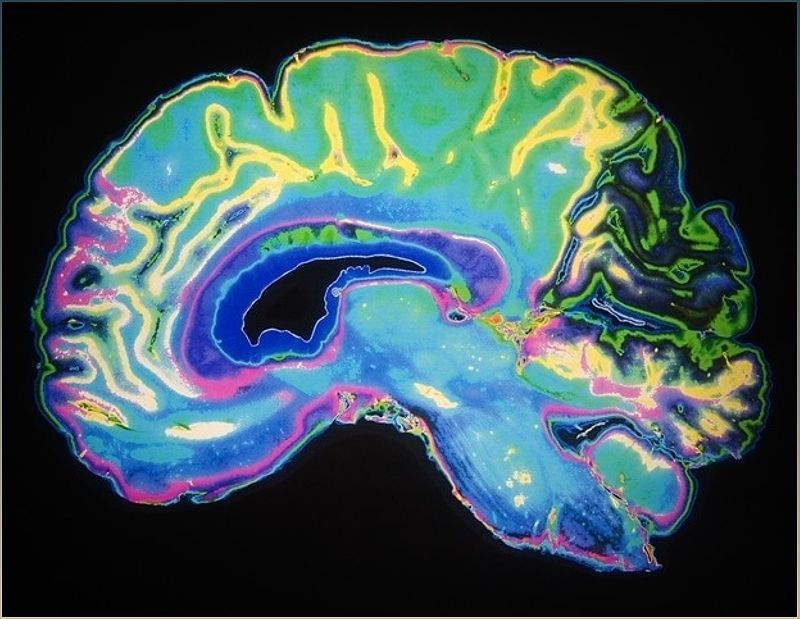A recent study by King's College London analyzes brain activity and connectivity in term and pre-term babies, revealing distinct patterns associated with developmental measures. The findings shed light on early brain development and its potential links to conditions like ADHD, autism, and schizophrenia.
Understanding Brain Activity and Connectivity in Term and Pre-term Babies
A recent study conducted by King's College London has provided valuable insights into the dynamic functional connectivity of the neonatal brain. The study analyzed brain activity and connectivity in term and pre-term babies, revealing distinct patterns associated with developmental measures.
Supported by Wellcome and the National Institute of Health and Care Research (NIHR) Maudsley Biomedical Research Centre, this groundbreaking research sheds light on early brain development and its potential links to conditions like ADHD, autism, and schizophrenia.
The study, published in Nature Communications, is the first of its kind to analyze the moment-to-moment communication between different brain areas in the first few weeks of life. By evaluating functional Magnetic Resonance Imaging (fMRI) data from 324 full-term babies and 66 pre-term babies, the researchers identified six different brain states associated with term and pre-term birth.
Distinct Patterns of Brain Connectivity and Developmental Outcomes
The study found that the dynamic patterns of brain connectivity in babies were associated with developmental measures such as movement, language, cognition, and social behavior at 18 months of age. This suggests that the early stages of brain development may play a crucial role in shaping these developmental milestones.
Furthermore, the researchers discovered that the differences in brain connectivity patterns between term and pre-term babies were significant. Pre-term babies spent more time in frontal and occipital brain states compared to term babies, indicating that the time spent in or outside the womb may have an impact on brain development.
These findings provide valuable insights into the early stages of brain development and open avenues for further research and potential interventions to support healthy brain development in infants.
The Power of The Developing Human Connectome Project
The data for this study was sourced from The Developing Human Connectome Project (dHCP), a research initiative led by King's College London and funded by the European Research Council. The dHCP provides high-resolution brain images from unborn and newborn babies to support research projects focused on brain development and mental health disorders.
By studying human brain development, researchers hope to gain a deeper understanding of neurological disorders and contribute to advancements in healthcare. The insights gained from the dHCP data are freely available to researchers worldwide, showcasing the power of collaborative efforts in unraveling the mysteries of the developing brain.
Implications for Early Childhood Neurodevelopment
This study's findings have significant implications for early childhood neurodevelopment. By understanding the dynamic functional connectivity of the neonatal brain, researchers can potentially identify and provide additional support for infants at risk of developmental delays or neurological disorders.
The study's association between brain connectivity patterns and developmental outcomes at 18 months of age highlights the importance of early interventions and targeted therapies to support healthy brain development in infants.
These insights into brain activity and connectivity in early life provide a foundation for future research and potential interventions that can positively impact the lives of children and families.

